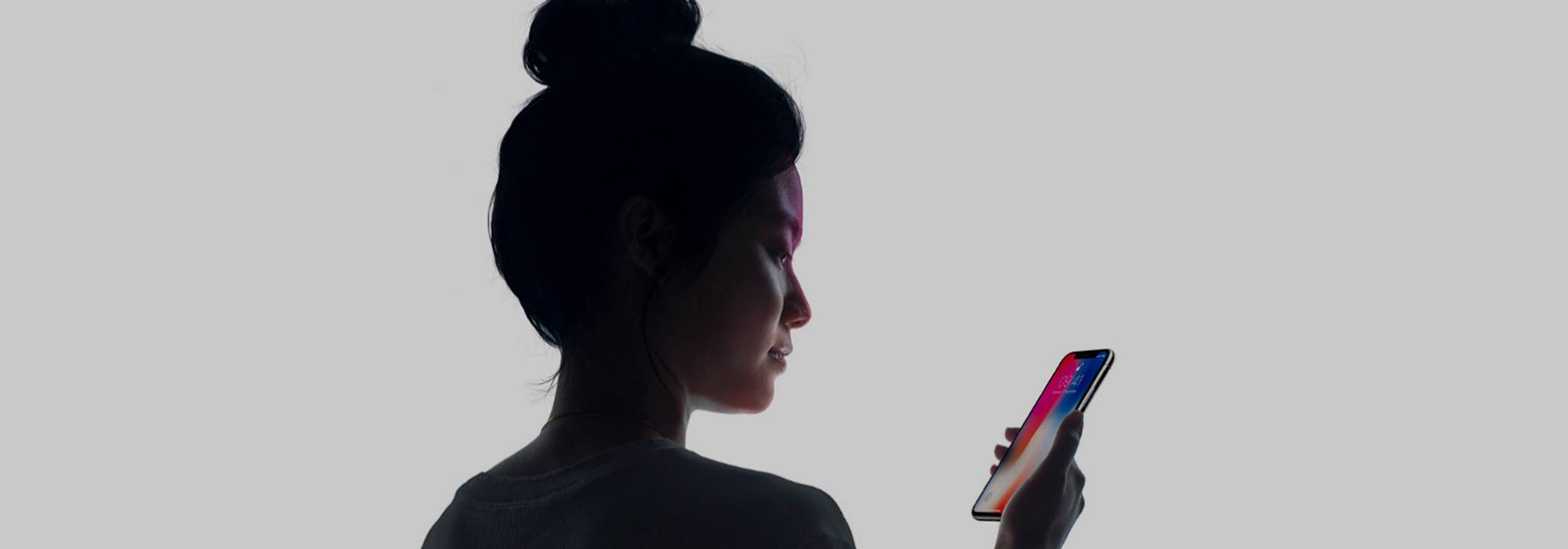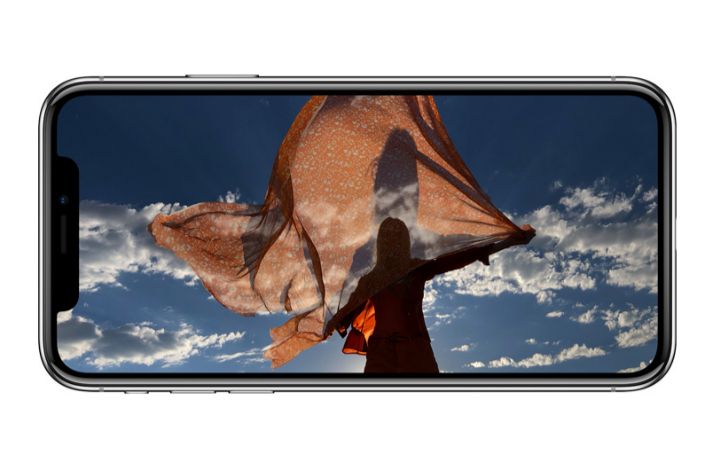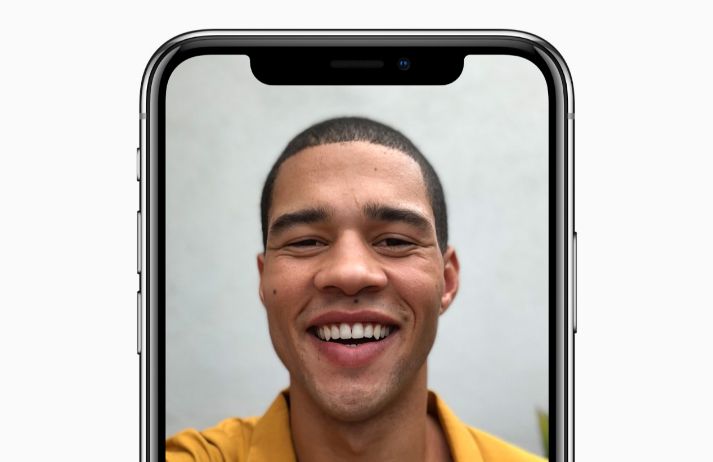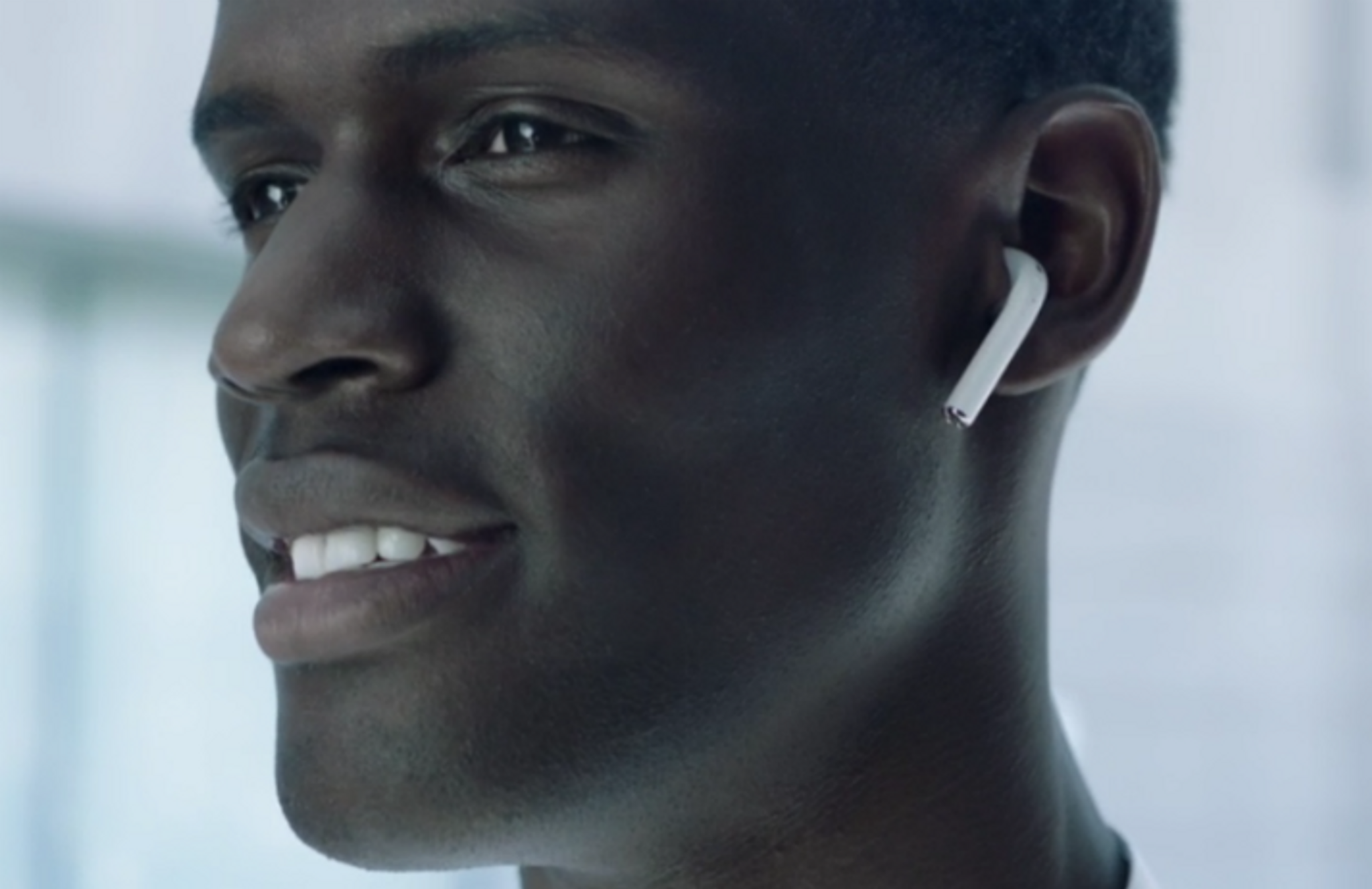
It’s here. After months of media speculation over the authenticity of leaks, Twitter disputes regarding what will become of the home button, and quizzical emojis over the price tag, Apple has unveiled the iPhone X (oh, and the iPhone 8). We explore four behaviours that may have shaped the development of the product that marks ten years since the iPhone came into being.
----
1. GEN SELL
People are blurring work and play
What do Mark Zuckerberg and Jay-Z have in common? Sure, they’re both talented in their fields, but it’s their empire building and business nous that earns them as many plaudits as their creativity, especially among younger fans. When it comes to ambition, the slacker paradigm ('dropping out is cool') has been replaced by the cult of the entrepreneur, and ‘selling out’ has been reborn as ‘hustling’. Against this backdrop, people are monetising the things they enjoy doing in their spare time – whether it’s shopping for vintage wares to resell on Depop or selling your art on Instagram.
What’s this got to do with the iPhone X?
The tools people have on hand to enable their creative pursuits have never been more important, the most vital being the smartphone. This is especially relevant when it comes to teens – 88% of whom have a smartphone in the US, and 72% of whom want to start their own business. Apple’s integration of wide-angle and telephoto cameras, as well as its development of Portrait Mode, reflect this desire. It’s a behaviour the brand already taps into via its ‘Shot on iPhone’ campaign.

2. NATURAL CHATTER
People want online communications to feel human
Tech now facilitates a huge portion of people’s daily conversations. Mobiles have become so embedded in American teens’ lives that nearly half say texting is just as meaningful as a phone conversation, while research shows that Gen Xers spend seven hours a week on social media – an hour more than the average Yer. But as smartphones and online platforms take over from real life chat, people still want ways to make virtual interactions feel as close to the real deal as possible.
What’s this got to do with the iPhone X?
A full 92% of the online population already use emojis and stickers, but the Face ID-enabled Animojis – a tool that let users create animated emojis that replicate their own facial expressions – available on the iPhone X could change the role they play in online communications forever, adding more emotion to digital conversations.

3. TACTILE TECH
People want more intimate interfaces
The sci-fi-born dystopian image of the cyborg has long acted as a barrier to new technologies; two-thirds of US adults worry about enhancing human potential with technology. Yet perceptions are starting to shift as a growing number of interfaces bridge the gap between bodies and devices.
What’s this got to do with the iPhone X?
With 78% of central Europeans agreeing that ‘you have to be cautious about sharing your personal information online’, the development of Face ID – Apple’s new facial recognition software – will no doubt be hampered by people’s caution around tracking and surveillance. But the interface itself is the next step towards a future in which interacting with technology feels totally natural (you just have to look at the phone), which would be useful given that the average Gen Yer spends five hours a week taking photos of themselves.

4. SEAMLESS SYSTEMS
People want technology to be streamlined
A third of people say they’re fatigued by technology – and it’s no wonder, with neverending data streams perpetually competing for attention. And although only 26% of people regularly think about opting out of their digital lives, many more are seeking user experiences that simplify how they interact with technology – whether it’s sticking to an OS they understand or ridding themselves of tangles of wires.
What’s this got to do with the iPhone X?
With this in mind, it was about time for Apple’s implementation of wireless charging. Inner-city bars support it, McDonald’s branches support it and even IKEA furniture supports it, but until 2017, the iPhone did not. The addition of this feature in the new models will no doubt ease the woes of enraged Apple fans who lamented the loss of the headphone jack.

Lore Oxford is cultural editor at Canvas8, which specialises in behavioural insights and consumer research. She previously ran her own science and technology publication and was a columnist for Dazed and Confused. When she’s not busy analysing human behaviour, she can be found defending anything from selfie culture to the Kardashians from contemporary culture snobs.



